Super easy to grow and packed with the best scents, check out our guide to the Most Fragrant Lavender Varieties to grow in your garden!
Why’s everyone so obsessed with growing lavender? It’s a super plant—that’s why! It barely needs frequent watering, thrives in all types of soil, is edible, and is full of healing goodness. And it has so many varieties with such distinct scents and blooms that it would be a crime not to grow it. Let’s help you pick the most fragrant lavender varieties for your home!
Most Fragrant Lavender Varieties
1. Lavandin
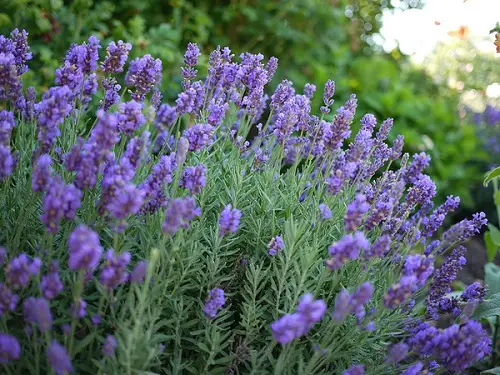
Botanical name: Lavandula x intermedia
Let’s kickstart this list with one of the strongest scented hybrids in the Lavandula family. Lavandin, also known as hybrid lavender, is a cross between English (angustifolia) and spike lavender (latifolia). And its ‘Grosso’ cultivar is said to be incredibly fragrant.
Lavandin grows larger and produces more flower spikes. Its essential oil contains 6-10% camphor versus trace amounts in English lavender, hence the sharp, musky aroma. It is used widely in perfumery and can be eaten raw or to flavor different foods.
2. Provence Lavender
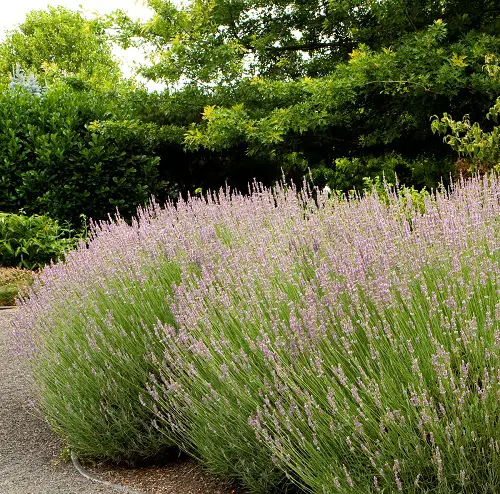
Botanical name: Lavandula x intermedia ‘Provence’
‘Provence’ is another cultivar in the lavandin family. Extra-tall and super fragrant, this hybrid has gray-green foliage with abundant purple flowers. While most lavender varieties thrive in climates that mimic its sunny, dry Mediterranean home, this one does very well in hot and humid conditions. Additionally, you can check out this article on growing lavender in tropical climes.
It blooms mid-summer and releases a sweet aroma that is camphorous with slightly woody and smokey notes.
3. Phenomenal Lavender
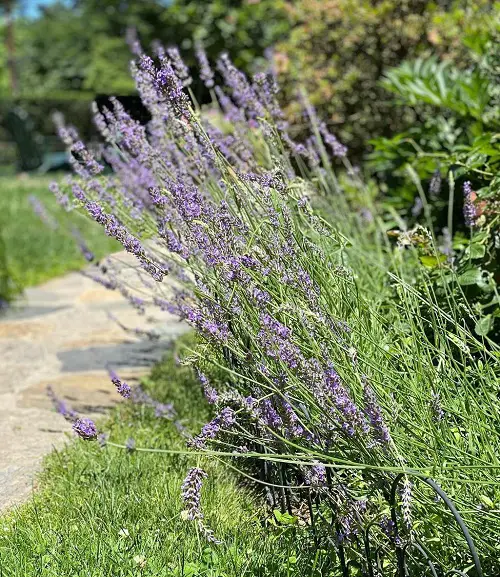
Botanical name: Lavandula x intermedia ‘Phenomenal’
Another cultivar in our hybrid lavender series, Phenomenal, is much like Grosso and Provence but with less camphor and more sweet, floral, true lavender scents. This one grows upright with a 32-inch spread and height. It is touted as one of the “toughest” lavenders out there, tolerating extreme cold, heat, and humidity!
This perennial blooms from summer to early fall, and is also known to be quite disease resistant!
4. Edelweiss Lavender

Botanical name: Lavandula x intermedia ‘Edelweiss’
Our final selection from the “hybrid” series sports white blooms instead of the quintessential lavender hues that give this plant its name—or is it the other way around? But its blooms are not the only things paler; so is its fragrance.
Sweet, spicy, and milder than other cultivars here, this one grows up to three feet and flowers around mid-summer and early fall.
5. English Lavender

Botanical name: Lavandula angustifolia
First, let’s talk about the famous parent—English Lavender. Often known as true lavender, this plant cannot tolerate humid conditions. It is a dwarf shrub known for its soft and sweet scents, often identified as the purest lavender fragrance. Now, it has several varieties under its belt, and we will slowly unwrap its dynamism through the list below.
Let’s tease you with ‘Vera,’ an outstanding heirloom variety of English lavender with an amplified fragrance used for medicinal purposes and robust oil content. It can grow up to three feet, is drought-tolerant, and is one of the most cold-hardy of this type. Its blooms start to appear in early summer, bushier and purplish like lavenders as usual.
6. Munstead Lavender
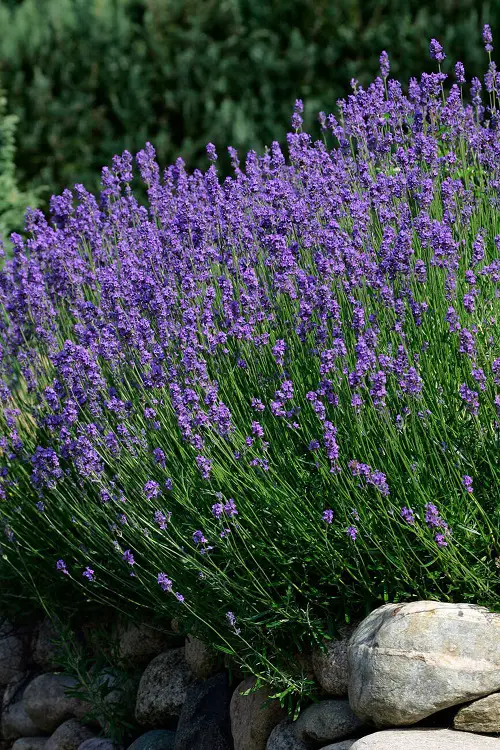
Botanical name: Lavandula angustifolia ‘Munstead’
‘Munstead’ is another English lavender with gray-green foliage and a pure and clear lavender scent. By clear, we mean it’s free of any medicinal or herbal notes and instead is textbook lavender—balanced, floral, and without confusion.
It is a compact plant that can withstand tough growing conditions. For a short but pretty display, plant it along edges and containers.
7. Melissa Lavender
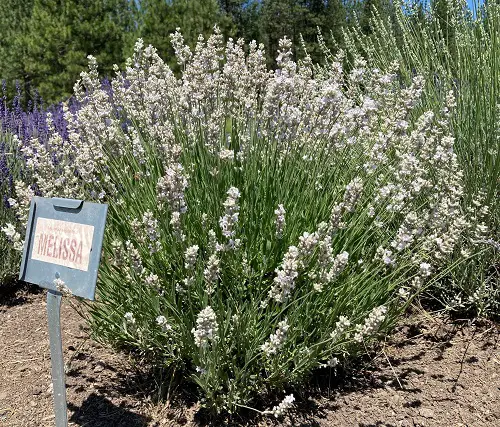
Botanical name: Lavandula angustifolia ‘Melissa’
Like others, Melissa does well in full sun and well-drained soil and has pastel lilac to shell pink blooms. Its fragrant needles turn copper-bronze in fall, making it an excellent ornamental suitable as a cut flower for your home.
Its aroma is a mix of citrus and vanilla with lavender’s typical sweet, floral scent.
8. Royal Velvet Lavender
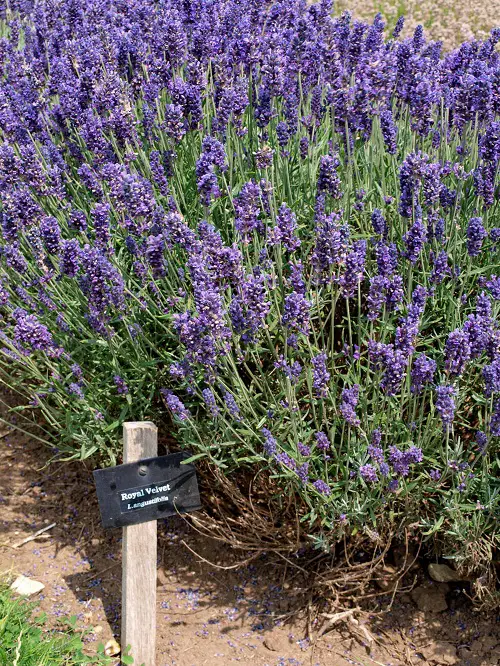
Botanical name: Lavandula angustifolia ‘Royal Velvet’
This is a medium-sized English lavender with silver-green foliage and beautiful flowers. Royal velvet lavender is a popular choice for essential oil production in soap and candle making as it has a strong, concentrated floral scent. This one’s also pretty drought-tolerant.
9. Hidcote Lavender

Botanical name: Lavandula angustifolia ‘Hidcote’
Just when you think the classic English lavender cannot get any better, an improved cultivar such as ‘Hidcote’ comes along. With a more uniform growth habit, deeper purple blooms, and much more intense floral fragrance, this one takes its parent species and enhances its best qualities.
This variety, also hardier and more resilient, was developed in Hidcote Manor in Gloucestershire. With its easy adaptability, it has quickly made different parts of the world its home and is widely used in sachets, potpourri, and even dishes for its sweet aroma.
10. Spanish Lavender
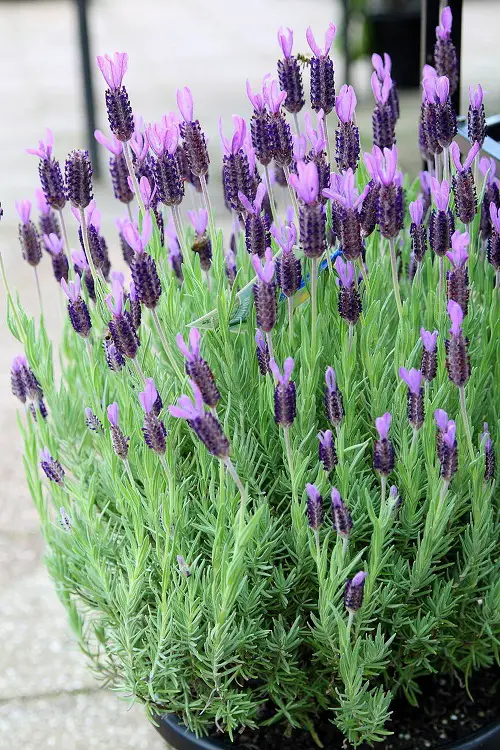
Botanical name: Lavandula stoechas
Spanish lavender, or rabbit ears, is a little more fragile than Angustifolia varieties but grows in similar hot, dry, and sunny conditions. This plant is remarkable for its pink and purple flower heads that resemble rabbit ears.
Its scent is sharper than English lavender and slightly herbal, with a hint of rosemary, making it well-suited for aromatherapy. And when you grow it as a garden border or hedge, this one particularly stands out with its endearing blooms.
11. French Lavender
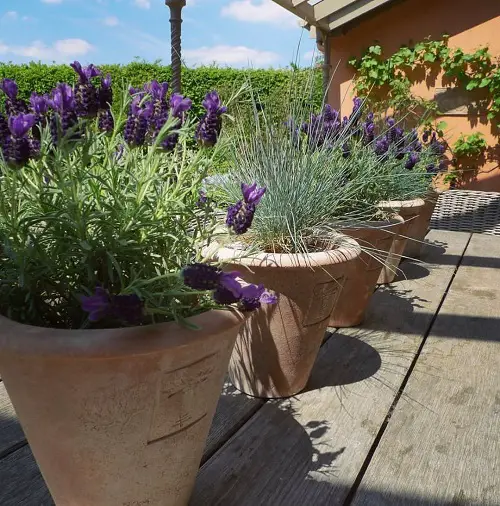
Botanical name: Lavandula dentata
This one’s for the minimalists. French lavender is another compact grower but has a milder, subtler scent than English lavender—with notes of pine and camphor. This classic has flowers on spikes that look like toothbrushes—hence the name “fringed” lavender.
It thrives in sunny spots with well-drained soil and cannot stand overwatering. Typically blooming from spring to fall and in warmer climes all year round, this variety grows well in pots and containers and is perfect for patios and balconies. Here’s how to grow it!
There you have it—the most fragrant lavender varieties for your garden! And the pleasure of harvesting, drying, and using your lavender to freshen up your closet, flavor your favorite cuisine, or just as an elegant potpourri is unbeatable! Try these out and tell your favorite lavender scent via the comments below.


